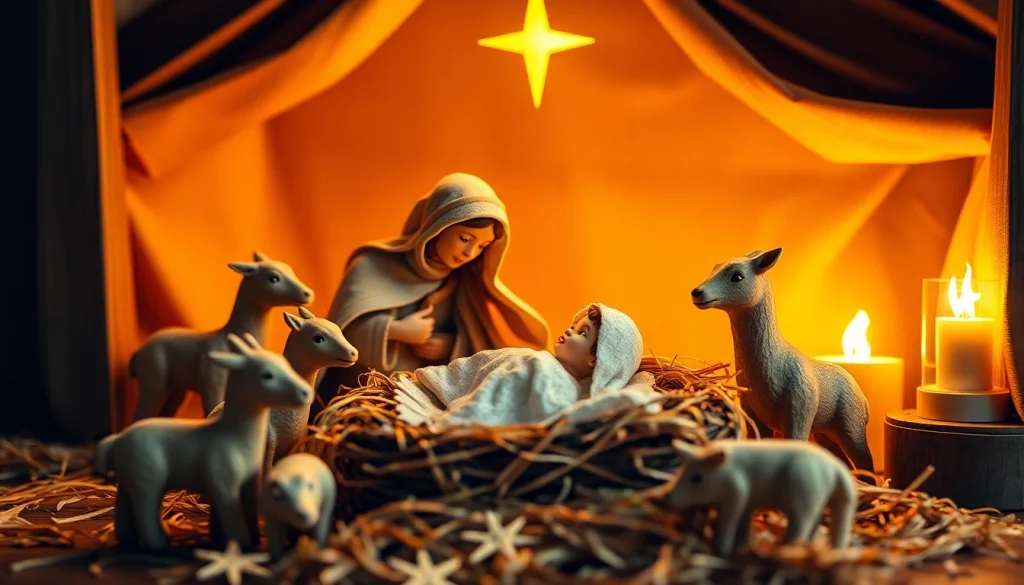Essential NVQ Level 4 Crane Supervisor Answers for Success in Your Assessment
Understanding NVQ Level 4 Crane Supervisor Answers The NVQ Level 4 Crane Supervisor qualification is pivotal for individuals looking to advance their careers in crane operations within the construction industry. It encompasses a comprehensive understanding of crane management, safety practices, regulatory compliance, and team management. The NVQ Level 4 Crane supervisor answers provide invaluable guidance for those preparing for their assessments, aiming to equip candidates with practical knowledge that meets industry standards. What is NVQ Level 4 Crane Supervisor? The NVQ Level 4 Crane Supervisor qualification is designed for those wishing to take on supervisory roles within construction sites, particularly in tasks related to crane operations. This qualification is crucial for ensuring that supervisors are competent in planning, executing, and overseeing lifting operations safely and effectively. The curriculum covers various critical areas, including the selection of appropriate lifting equipment, risk assessments, and the management of personnel involved in lifting operations. Significance of NVQ Level 4 Certification Achieving an NVQ Level 4 certification in Crane Supervision is not merely a milestone; it is a testament to a supervisor’s expertise and ability to enforce safety and compliance within a work environment. This certification enhances career prospects, elevates professional credibility, and assures employers of the individual’s capability in managing lifting operations efficiently. Furthermore, having this qualification is often a prerequisite for advancing to higher supervisory or management roles in construction-related ventures. Overview of Assessment Criteria The assessment criteria for the NVQ Level 4 Crane Supervisor cover various performance and knowledge-based evaluations. Candidates are required to demonstrate their ability to manage teams, execute risk assessments, and implement lifting strategies effectively. Typically, this involves: Understanding the legislation surrounding lifting operations Assessment of site conditions and planning accordingly Monitoring and evaluating lifting operations Communicating effectively with team members and stakeholders Key Components of Crane Supervisor Responsibilities Safety Management in Crane Operations Safety management is an essential function of a crane supervisor’s role. This involves ensuring that all lifting operations are conducted according to established safety standards and protocols. Supervisors are tasked with performing risk assessments, evaluating worksite conditions, and establishing safe operating procedures. By fostering a culture of safety and compliance, they help to mitigate risks and maintain a safe work environment. Planning and Coordination Techniques Effective planning and coordination are vital in crane operations. Supervisors must not only plan lifting operations but also coordinate the various stakeholders involved in the process, from equipment operators to site workers. Techniques such as developing lift plans, conducting pre-lift meetings, and using lift management software can enhance coordination. These practices help ensure that everyone is on the same page regarding safety measures and operational procedures. Compliance with Regulatory Standards Compliance with industry regulations and standards is non-negotiable for crane supervisors. This encompasses an awareness of local laws, health and safety regulations, and best practices set forth by organizations like the Health and Safety Executive (HSE). Regular training and updates on compliance requirements are essential to reduce liabilities and enhance operational safety. Common Challenges in Crane Supervision Addressing Safety Risks on the Job Site Supervisors often encounter safety risks unique to their job roles. Understanding these risks is essential for effective management. Common challenges include unpredicted weather changes impacting lifting operations, equipment malfunctions, and ensuring that all crew members adhere to safety protocols. To address these issues, supervisors must remain proactive, employing strategies like continuous safety training and routine equipment inspections. Communication Barriers Among Crew Members Clear communication is critical in ensuring the safety and success of lifting operations. Unfortunately, communication barriers can arise from language differences, unclear instructions, or lack of experience among crew members. Supervisors can overcome these barriers by utilizing visual aids and conducting regular briefings, thus ensuring that every team member comprehensively understands their roles and responsibilities. Handling Emergencies and Critical Situations In the fast-paced environment of construction, emergencies can arise unexpectedly. Supervisors must be equipped to handle such situations effectively. This includes having a well-prepared emergency response plan and ensuring that all team members are trained in emergency protocols. Conducting drills and simulations can bolster team preparedness, fostering a sense of readiness and resilience. Tips for Success in NVQ Assessments Effective Study Techniques for Crane Supervision Preparing for NVQ assessments requires strategic study techniques. Candidates should engage with multiple learning resources, including textbooks, online materials, and interactive study groups. Creating a study schedule that allocates time for practical applications and theory can help reinforce knowledge. Additionally, practicing past exam questions can provide insight into the assessment format and expectations. Practical Experience and Its Importance While theoretical knowledge is vital, practical experience is equally important in preparing for NVQ assessments. Gaining hands-on experience in crane operations can help candidates better understand the complexities of supervision. Shadowing experienced supervisors, participating in on-site training, or enrolling in workshops can enhance practical skills and boost confidence before assessment. Utilizing NVQ Level 4 Crane Supervisor Answers Accessing NVQ Level 4 Crane Supervisor answers serves as a fantastic resource for candidates looking to improve their understanding of the subject matter. These answers can provide context and clarity to difficult questions and concepts, serving as a study aid to reinforce learning. However, while these answers can be helpful, candidates should approach their study holistically, incorporating diverse sources of knowledge. Future Trends in Crane Supervision Advancements in Crane Technology The crane industry has witnessed significant technological advancements that are shaping the future of crane supervision. Innovations such as automated cranes, advanced telematics, and virtual reality training programs are enhancing operational efficiency and safety. Supervisors must stay abreast of these changes, ensuring that their skills and knowledge evolve in line with new technologies. Regulatory Changes Impacting Supervisors Regulatory frameworks are continuously evolving to ensure the highest safety and efficiency standards in construction. Supervisors must keep informed about any changes that could affect their roles, from new safety regulations to updated certification requirements. Proactive engagement with regulatory bodies and continuous education can help supervisors remain compliant and effective in their positions. Career Growth Opportunities in Crane Operations With an NVQ Level 4 Crane Supervisor








